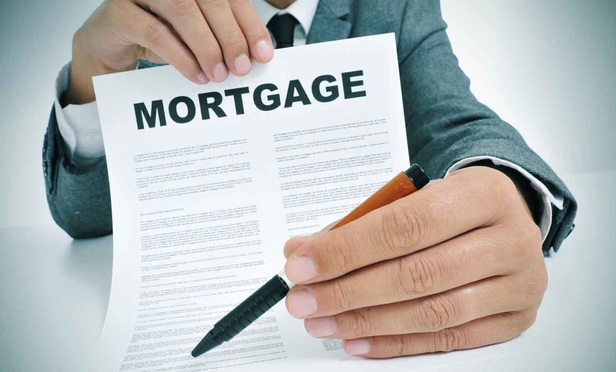Mortgage borrowers who are granted Chapter 7 bankruptcy discharges and do not reaffirm their mortgages present unique issues for their lenders and mortgage servicers (collectively, mortgage lenders). When a loan secured by a mortgage on the borrower’s principal residence (the mortgage loan) is discharged in bankruptcy, the borrower’s personal liability on that loan is removed. The discharge injunction prohibits the mortgage lender from engaging in any act that constitutes an attempt to collect the mortgage loan as a personal obligation. 11 U.S.C. § 524. Under certain circumstances, routine servicing correspondence is perceived as pressuring discharged borrowers to make payments on their mortgage loans. This may be considered a discharge violation and expose the lender to damages and attorney fees.
Although the discharge removes a borrower’s personal liability, it does not affect the mortgage lender’s lien, which remains intact. After discharge, the mortgage lender may still proceed in rem (against the property only), and it may foreclose upon the mortgaged home after a default under the mortgage loan.
This content has been archived. It is available through our partners, LexisNexis® and Bloomberg Law.
To view this content, please continue to their sites.
Not a Lexis Subscriber?
Subscribe Now
Not a Bloomberg Law Subscriber?
Subscribe Now
LexisNexis® and Bloomberg Law are third party online distributors of the broad collection of current and archived versions of ALM's legal news publications. LexisNexis® and Bloomberg Law customers are able to access and use ALM's content, including content from the National Law Journal, The American Lawyer, Legaltech News, The New York Law Journal, and Corporate Counsel, as well as other sources of legal information.
For questions call 1-877-256-2472 or contact us at [email protected]






